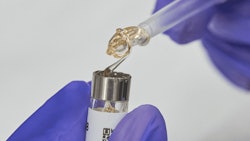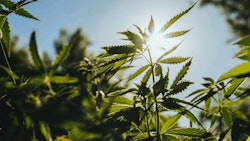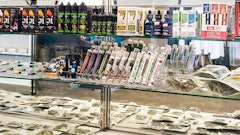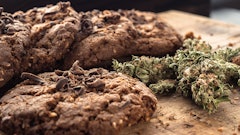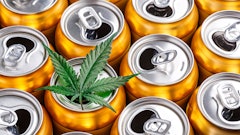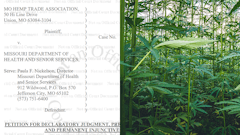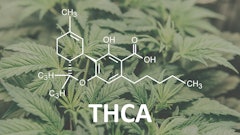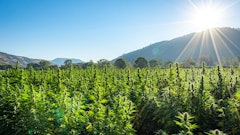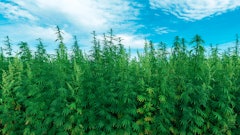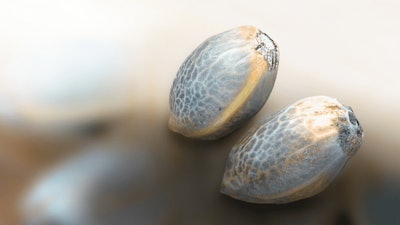
The European Commission (EC) has released regulations outlining the maximum levels of THC allowed in hempseed food products for human consumption.
The EC, which establishes hemp regulations for all 27 countries in the European Union (EU), has set the maximum THC levels for hempseed oil at 7.5 mg/kg and 3 mg/kg for dry hemp products, such as seeds and snacks, according to Lorenza Romanese, managing director at the European Industrial Hemp Association (EIHA), a membership advocacy organization that represents hemp farmers and producers.
"[The regulations] only apply to seeds—not hemp extract, not CBD. It's only seeds,” Romanese tells Hemp Grower.
The maximum THC levels will also be calculated using a measurement of uncertainty, which ranges between 40-50%, she says.
“Let's take the oil [for example]. I have the 7.5 [mg/kg] plus the uncertainty measurement, which is between 40% and 50%. This means that an oil containing 11.25 micrograms per kilogram will be marketable in Europe. … And for dry food, [it] is the same. So, we can have seeds containing 5.5 milligrams per kilogram, and [they would] still be marketable in Europe.”
Growing the Market
Before the EC's regulations, Romanese says the European Food and Safety Authority (EFSA) had “guidelines” on the THC limits in hemp seed foods; however, they were not legally binding.
It caused inconsistencies amongst countries within the EU, and trade between operators was difficult, she says. Some countries even set their own “more stringent” regulations, she adds.
For example, Italy allowed 2 mg of THC per 1 kg of hempseed and flour products and 5 mg of THC per 1 kg of hempseed oil products, according to JD Supra.
However, the EC's regulations are legally binding, and all 27 member states in Europe must follow them, which will help create unity amongst the European hemp market, Romanese says.
"[Creating a] single market for hemp and dried products, this is our ultimate goal," she says. “Because Europe is made of 27 member states that think differently and speak different languages, it's a mess in Europe, so now we have legally binding regulations for all."
Romanese also notes that the hemp market in Europe is very small compared to markets for other crops, like cereal. "In Europe, we cultivate, more or less …, 60,000 hectares [about 148,000 acres]," she says. "It's very small, but what is impressive is the margin of the growth sector. It's small, but it's growing very, very, very fast."
And now that Europe has "clear regulations" regarding hempseed, the EIHA believes it will help grow the market and bring in outside investors, she says.
"What [the EIHA] expect[s] is that big companies outside the world of hemp might integrate hemp into their distribution line," she says. "... You see, big player[s] might be much more willing to use hemp because [regulations are] clear."
The Future
Although the EIHA is pleased to have regulations in place, Romanese says the organization will still fight to increase the THC limits in hempseed foods, as she thinks the current regulations are "too strict."
The organization is already working to conduct a clinical toxicological study on 400 participants to determine the effects foods containing CBD and other minor cannabinoids have on the human body.
"With studies, we provide fresh science to be submitted to EFSA, the European Food Safety Authority," she says. "Then, we will request a new risk assessment [to re-evaluate the THC limits]."
The organization is currently recruiting people to participate in the study, she says, adding that research will take place over the next year.
"For the time [being], we are happy, but we want more for the future," she says.











